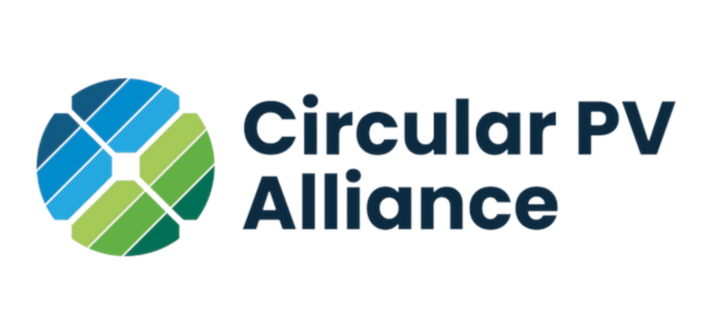Landmark study to explore Carbon Capture, Utilisation and Storage opportunities for Australia
NERA and CO2CRC have announced a new landmark study into Carbon Capture, Utilisation and Storage (CCUS) to assist the nation’s energy resources sector reduce CO₂ emissions while securing Australia’s energy future.

The CCUS study is being undertaken in two phases. The first phase, led by CO2CRC in collaboration with Geosciences Australia and supported by COAL21, will rank Australian oil and gas basins for the potential use of CO₂ Enhanced Oil Recovery (CO₂-EOR). The second phase of the project will provide insight to industry and government on potential opportunities for CO₂-EOR at the field level in Australian onshore basins.
Enhanced Oil Recovery (EOR) using CO₂ is the process of increasing the volume of oil that can be recovered by injecting CO₂ into the reservoir. Natural oil production from the oil reservoirs declines over time either due to pressure depletion or water breakthrough. CO₂ injection not only helps to re-pressurise the reservoir, but the CO₂ also acts like a solvent and causes the oil to expand and flow more easily to production wells.
CO₂-EOR can increase the oil recovery by up to 25%. It also has the added benefit of permanently storing CO₂ in the underground reservoirs, providing a meaningful contribution to overall emissions reduction efforts.
The study will also evaluate and recommend a framework of policies, incentives or regulations that would help accelerate Australian adoption of CO₂-EOR for oil recovery and CO₂ storage, while assuring safe and efficient application of the technology.
The analysis from the first phase of the project will provide Australia wide basin screening for CO₂-EOR as well as potential CO₂ sources near the basins that can be used for CO₂-EOR. Phase one of the project is expected to be completed towards the end of 2020.
The second phase will evaluate the high-level economic and technical feasibility of using CO₂-EOR to enhance the recovery of oil in Australia’s onshore oilfields (including those in the Cooper and Surat basins). It will also assess the potential for CO₂-EOR to contribute to efforts to reduce greenhouse gas emissions through permanent CO₂ storage during the CO₂-EOR process.
With results from the study to be shared across Australia’s energy resources sector, its key findings can help both industry and governments make sustainable and long-term infrastructure investment decisions that meet the public’s expectations for a low carbon future.















